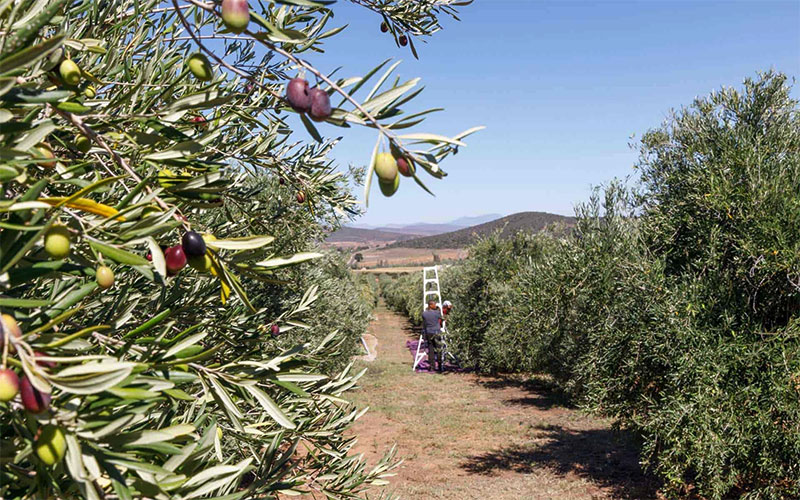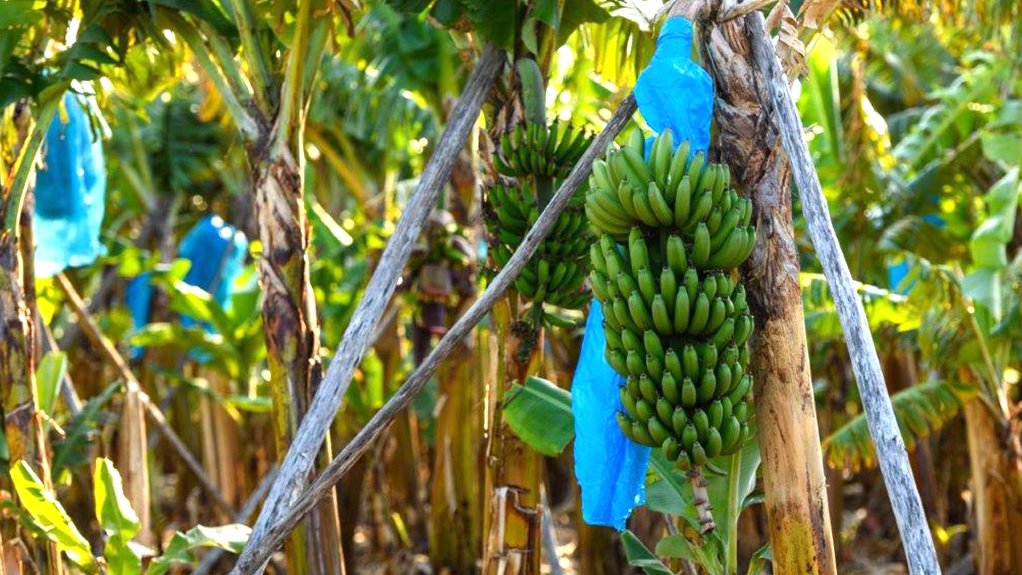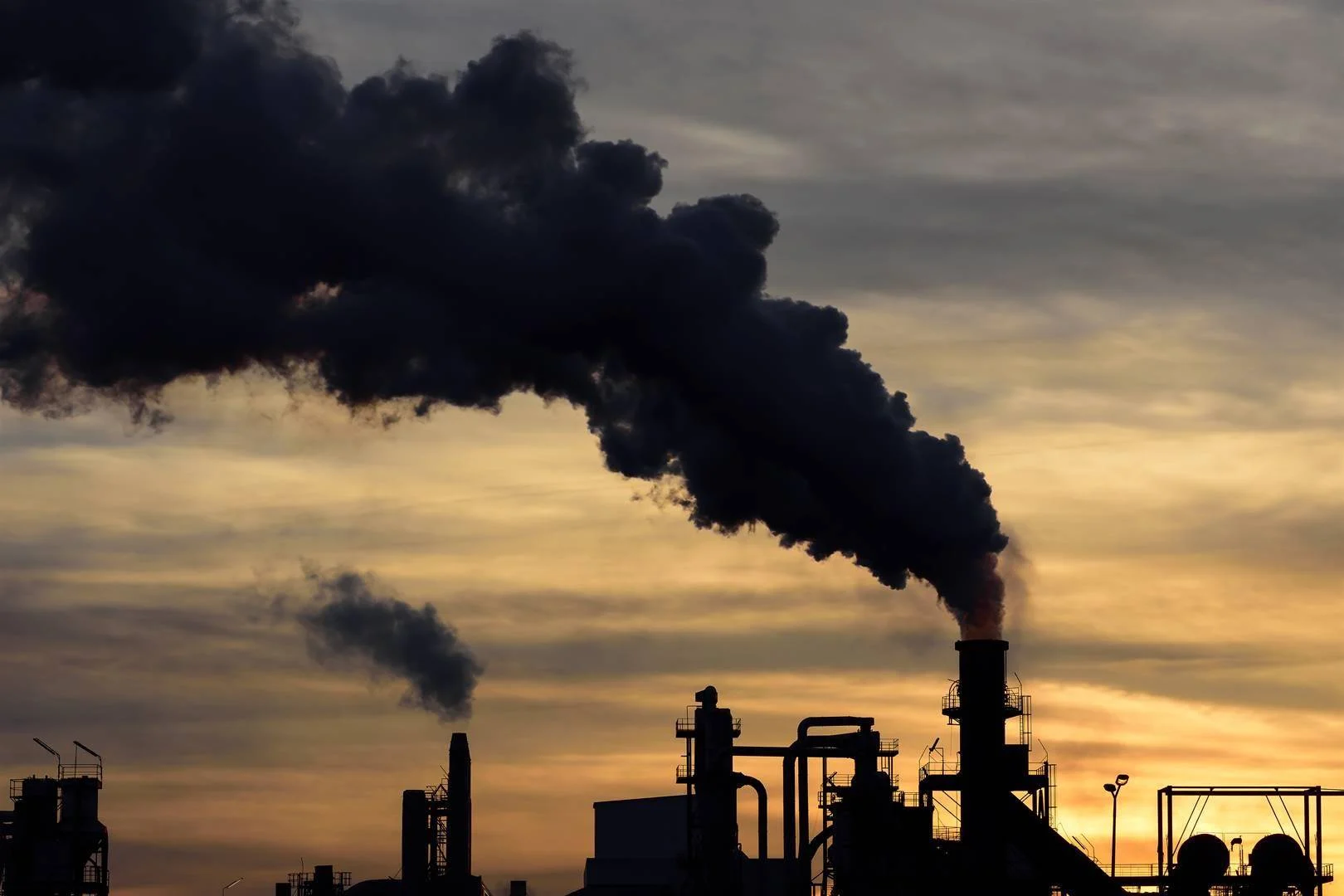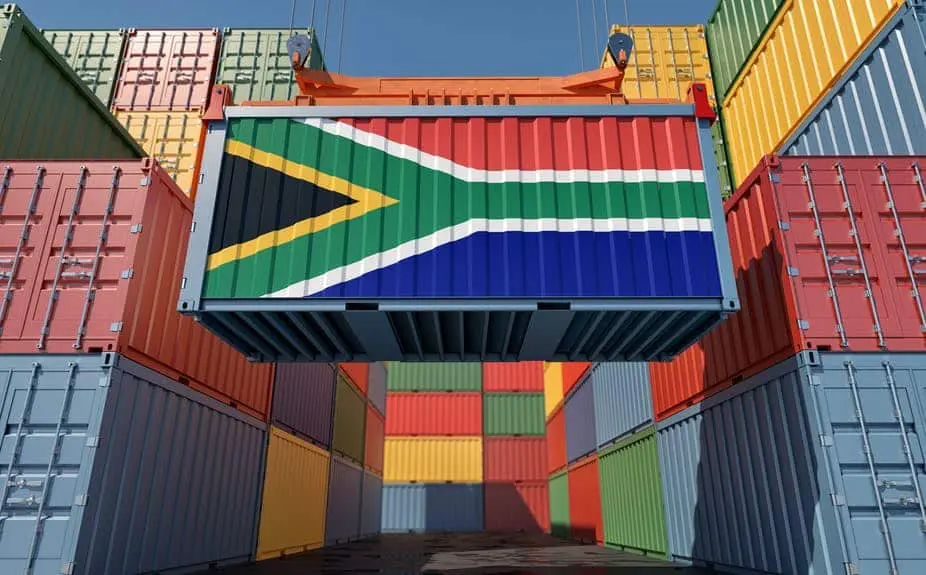South Africa’s extra virgin olive oil and table olive producers expect to produce excellent volumes, following a bountiful harvest from its latest season which kicked off in February and was concluded last month.
Favourable weather conditions in some areas have led to olive oil pressers extracting better quality oils, some producers have said.
Olive farmers managed to produce pleasing volumes despite various challenges currently faced by the agricultural sector, such as more frequent bouts of load shedding, rising input, fuel and electricity costs and adverse weather events.
Over the past two years, local farmers produced between 1.6 million litres to 1.7 million litres of extra virgin olive oil and they expect that volumes will be similar this year, despite varying across South Africa’s key olive growing regions.
“Our growers’ orchard management practices are constantly improving – from the pruning of their trees to the management of soil and nutrients – and this helps achieve better yields and mitigate some of the adverse factors, such as weather,” Vittoria Jooste, CEO for SA Olive, the country’s industry body for the crop said.
The industry witnessed favourable weather conditions in the Overberg regions which also made for easier harvesting, SA Olive said.
Although the industry in its entirety reported better yields, some reported staggering increases comapared to the prior year, such as the Greenleaf Olive company and Mardouw Olive Estate in the Swellendam region. Greenleaf harvested 40% more.
“We prepared the trees really well last year; this and the perfect weather conditions has resulted in higher olive yields, although the actual oil yield is smaller than in previous years,” Phillip King, general and sales manager for Mardouw Olive Estate said.
In Contrast, the Klein Karoo’s bad weather resulted in a smaller crop, the olive association said.
“Contributing to the low yield have been many factors apart from the weather, such as increased costs for fuel, water, fertiliser, and labour. This means that many farmers will not be exporting their products and will focus their efforts on the local market,” it said.
The industry grows 95% of its olives in the Western Cape and grows the rest in the Eastern Cape, Free State and Limpopo.
According to Olive SA, although the industry olive orchards are spread across more than 2,400 hectares of land, olive farming is growing by a minimum 20% per year and is doubling in size every four to five years – making olives the fastest growing agricultural sub-sector
It produces 1,400 tons of olives while South Africa imports the same volumes from Spain, Italy, Portugal and Greece.
South Africa produces 1.7 litres of extra virgin olive oil with 90% consumed locally. The volumes it exports is mostly destined for Botswana and Namibia.
Source article: Business Insider








